The rich aniseed flavour of fennel has become a chef’s favourite the world over, but its culinary heartland is certainly in Italy.
There it can be found in pastas, risottos, and salads. As well as being used to make sausages and meatballs. Where it really comes into its own though is with fish. Fish and fennel are a match made in heaven. Throw some lemon, garlic, and Italian olive oil into the mix… trust me, you will never look back.
Myth
As well as having a rich cultural history of spiritual and medicinal uses (it even works its way into Greek mythology), this perennial herb is also incredibly good for our health. It’s high in vitamin C, which gives your immune system a boost. And it’s also a great place to get calcium, fibre, and potassium. It’s anti-inflammatory and anti-carcinogenic, and it even stimulates digestion.
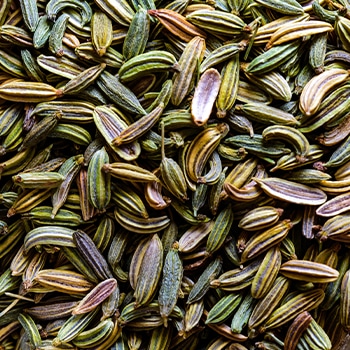

There are two types of fennel: herb fennel and Florence fennel (also known as bulb fennel). Herb fennel is grown for the leaves, whereas Florence fennel is grown for the fat, swollen stem at the base. This is used as a vegetable, either raw or cooked. The good thing is, you can still use the leaves of Florence fennel much like herb fennel. And both types can both be grown in the same conditions.
Sowing
Like all Mediterraneans, fennel prefers a sun-loved and sheltered corner of the garden where it can avoid cold, British winds where possible. Give it free-draining yet moisture retentive soil and it will be a happy herb. Both types will thrive in a rich and fertile soil. However herb fennel can also grow in sandier plots, where it will grow a bit taller and less bushy.
Herb fennel can be started in May, once all danger of frost has passed. Some growers do sow bulb fennel indoors as early as April and transplant out, but I would recommend waiting until June when the ground has truly warmed up, and sowing directly. It doesn’t like cold soil and they don’t like their roots being disturbed. So be patient and they are a great choice to follow on from your peas, potatoes, etc. that have come out of the ground in June. Just dig in a little more compost and away you go.
Moisture
If your soil is dry, water first to get an even moisture. Sow thinly, 1.5cm deep, and space your rows 45cm apart. Cover over and water gently with a rose head watering can.
When your seedlings start to appear after around 7-21 days, thin them out by taking alternate plants and allowing the remainder to grow on. Don’t chuck the thinnings – they are a delicious addition to your summer salads! Thin seedlings out to a final spacing of 20cm apart. After thinning out, it’s a good idea to water well. This will wash any dislodged soil back around the roots of the remaining plants.
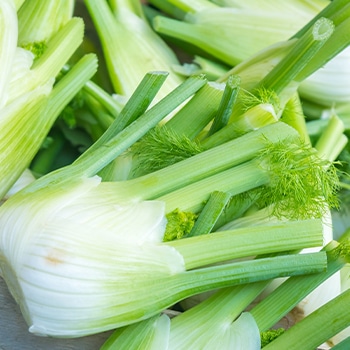
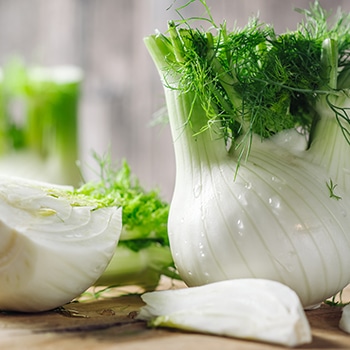
Growing
Soil moisture is key. Bulb fennel’s biggest challenge is bolting, and nothing will make that happen quicker than dry soil. Bolting early will result in you getting no ‘bulb’. So, keep the soil moist and weed-free at all times. Herb fennel is less fussy about water, since you have no ‘bulb’ to worry about.
For bulb fennel, the stem will begin to swell and enlarge at the base. At this point you should start earthing them up. This will maintain their colour, increase their size, and give you the best flavour.
You will need to employ your preferred slug and snail deterrents, as they enjoy fennel leaves. Other than that, so long as you keep the soil moist during dry periods, fennel are usual trouble free.
Harvesting
Plant in June you will likely be harvesting by mid-October. Wait till the ‘bulbs’ reach 7-10cm across. To harvest just loosen the roots with a fork to expose the ‘bulb’ and cut with a sharp knife just above the taproot.
If you are using the leaves, just take a few from each plant as you go and they will re-grow quickly.
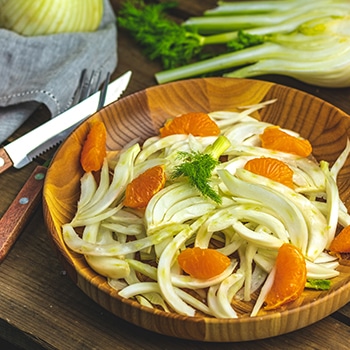
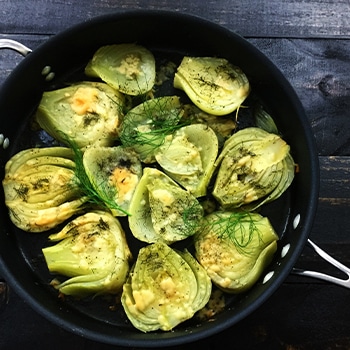
Quirky Tip
- Avoid growing fennel near coriander or dill, to whom they are closely related. These plants can cross-pollinate, which will affect the viability of your crop
Fun Facts
- Historical notes indicate the word fennel is the origin of the place name Marathon (meaning “place of fennel”), site of the famous Battle of Marathon in 490 BC between the Greeks and Persians
- In medieval times fennel seeds inserted into keyholes or hung over doors were thought to protect a dwelling from ghosts, especially on Midsummer’s Eve
- Fennel has been used for centuries to increase the milk supply of nursing mothers
Varieties
- (Florence) Chiarino: Easy to grow with fast maturing, crisp and succulent, large, white bulbs
- (Florence) Cantino: A very slow to bolt variety good for early planting
- (Herb) Bronze: Hardy and highly ornamental, makes a great addition to a flower border or herb garden
David Domoney is a Chartered Horticulturalist, Broadcaster, and Author. David has worked with a number of the UK’s leading garden retailers as a plant buyer and strategic consultant. With more than 30 years experience, in horticulture, David is as passionate about plants now as he was when he bought his first plant at a village fete.

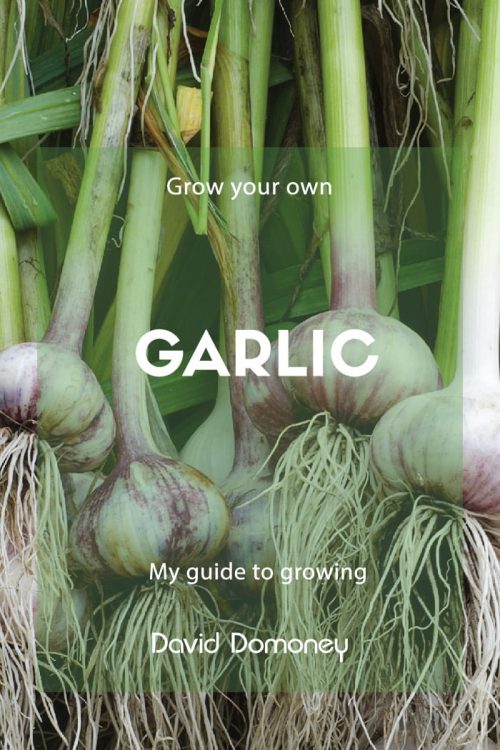


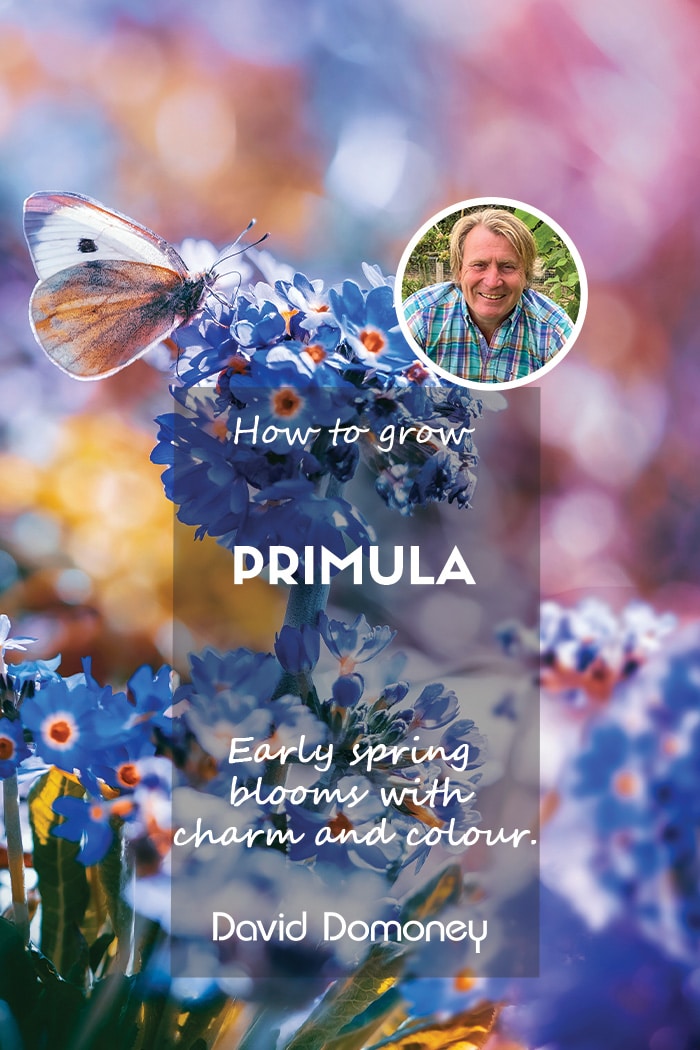

Leave A Comment